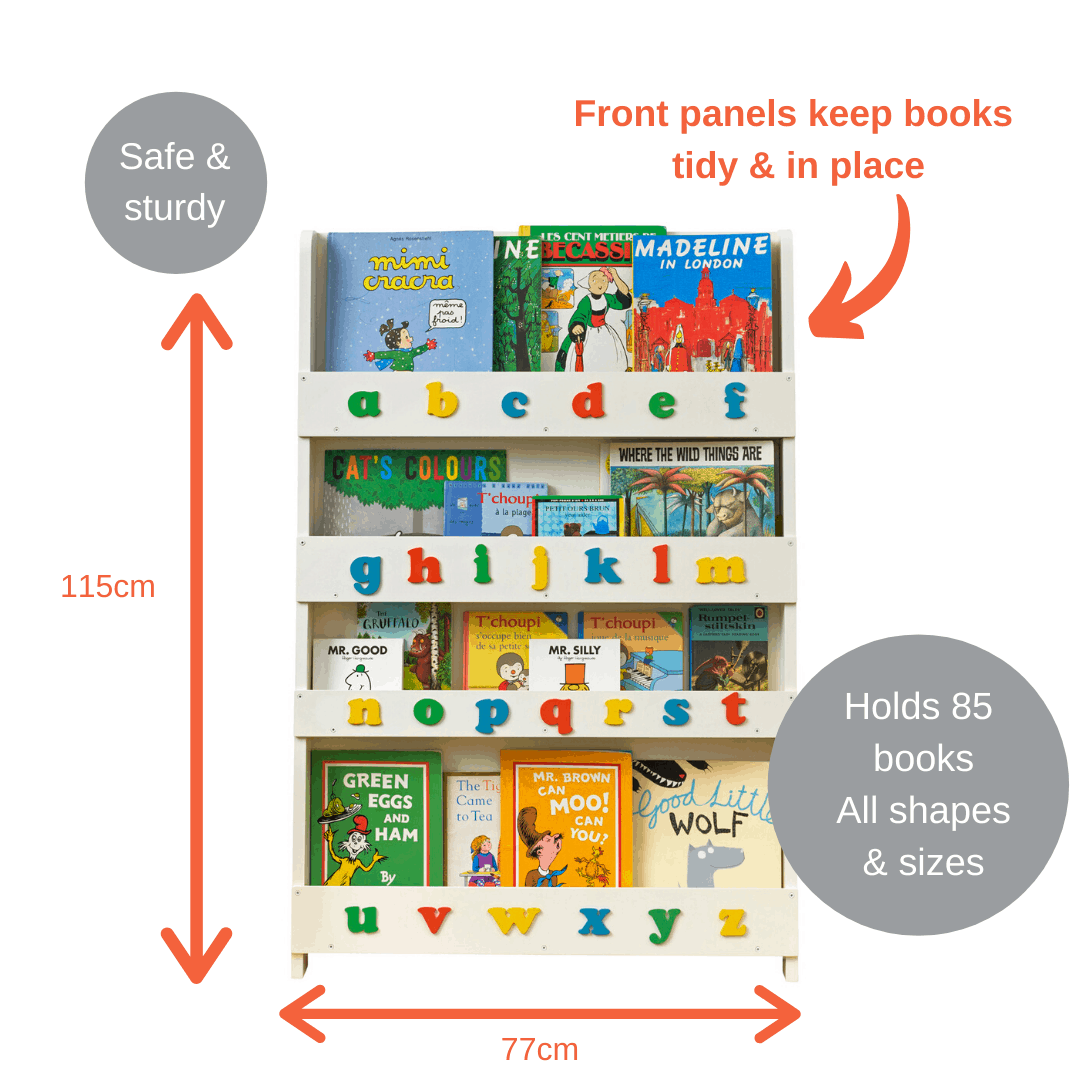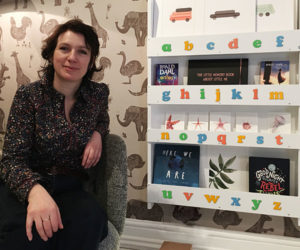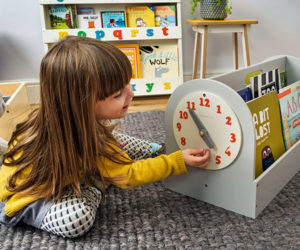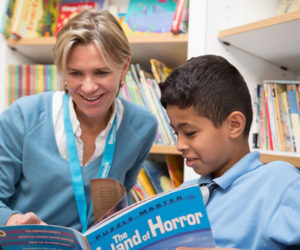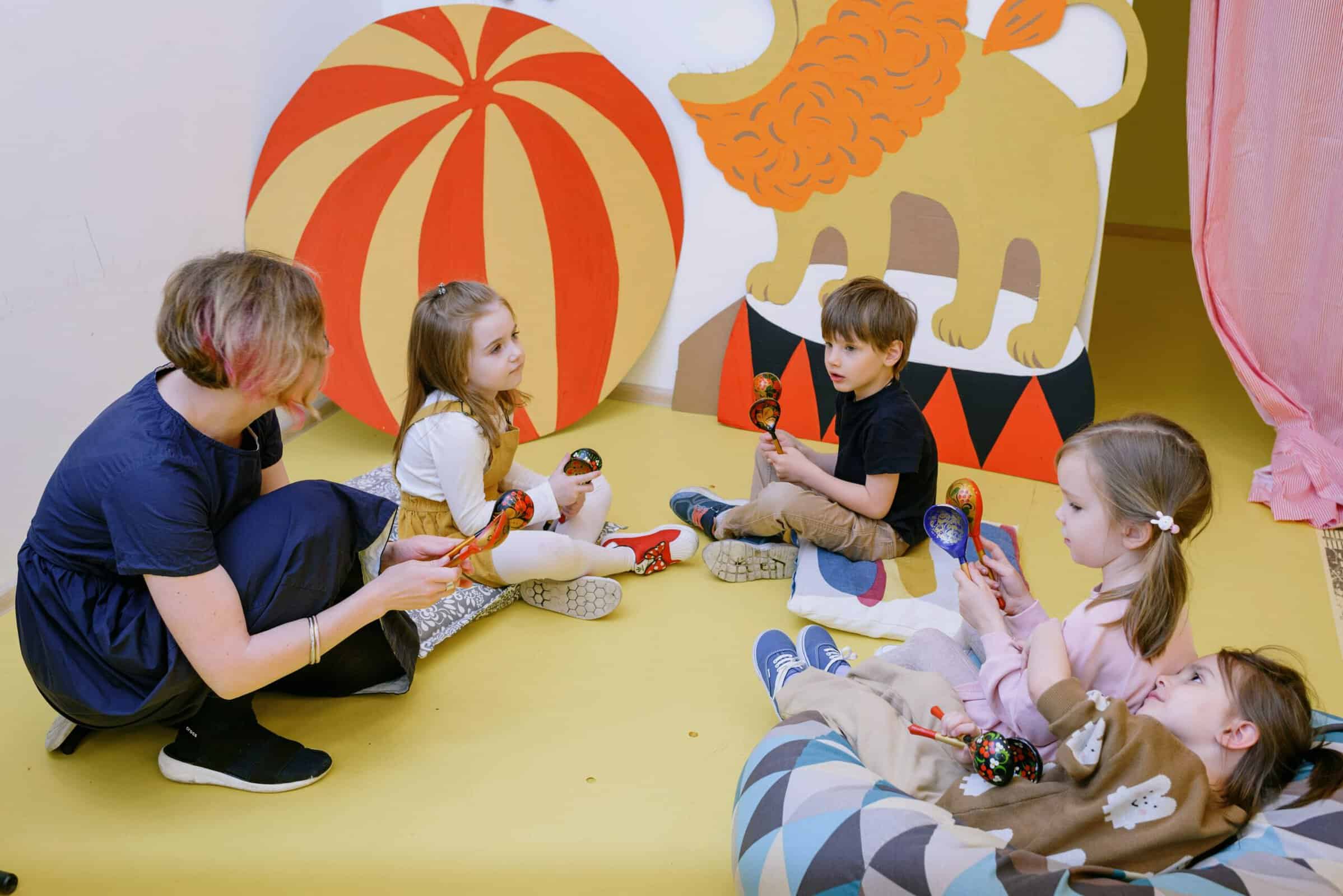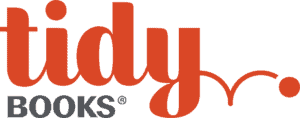The digital world is in our classrooms too, and with that cultivating a love for reading physical books is more important than ever. Children use active concentration when reading books rather than just scrolling through screens – and one parent told us how often they’d noticed it. When you create welcoming and comfortable reading corners in primary classrooms, for your EYFS or KS1 setting, you can build a haven for kids to develop their relationship with real books, even when your classroom setting space is limited.
EYFS teacher Molly Howard of @create_make_and_play told us why she includes a reading corner in her primary classroom:
“I believe creating a classroom reading corner in nursery is really important as it fosters early literacy development and a lifelong love for reading. This cozy, dedicated space provides children with a place they can immerse themselves in books, stimulating their imagination and cognitive abilities. It promotes language acquisition, vocabulary expansion, and comprehension skills, laying the foundation for future academic success. A well-designed reading corner also provides a sense of comfort, security, and routine, creating a positive association with books and learning. It encourages social interaction and cooperation as children can gather to share stories, enhancing their communication skills. Ultimately, a nurturing reading corner is an indispensable tool in nurturing a child’s holistic growth and igniting their passion for reading and writing.”
7 reading corner ideas for small classrooms
- Choose a light and quiet location
Is there a quieter area in the classroom, away from distractions? Often a corner area next to a window or against a wall can create a calming atmosphere, while ensuring sufficient lighting for reading.
- Comfortable Seating:
Your reading corner should be comfortable and inviting, if you want to get children enthusiastic about sitting down with a book. An EYFS cosy reading area should include bean bags, floor cushions, or soft rugs to create a relaxing environment. Floor cushions and rugs are simple to store.
- Set up an Engaging Display:
A visually appealing display can entice children to explore the reading corner. Decorate the walls with colourful posters, inspiring quotes, and artwork related to books, authors, and different genres, which can be changed up to reflect any reading topics or themes you’re teaching in class. Make sure that books are the main attraction by using book display shelving, especially for EYFS and KS1 as children need to see the book covers to make their choices.
- Incorporate Different Storage Solutions alongside your classroom bookcase:
Help children keep the book corner neat and organised by providing baskets, bins, as well as classroom shelves and make it easy for children to find books and tidy them up. Encourage children to take responsibility for maintaining the tidiness of the reading corner – you can designate ‘reading corner monitors.’ or ‘librarians’.
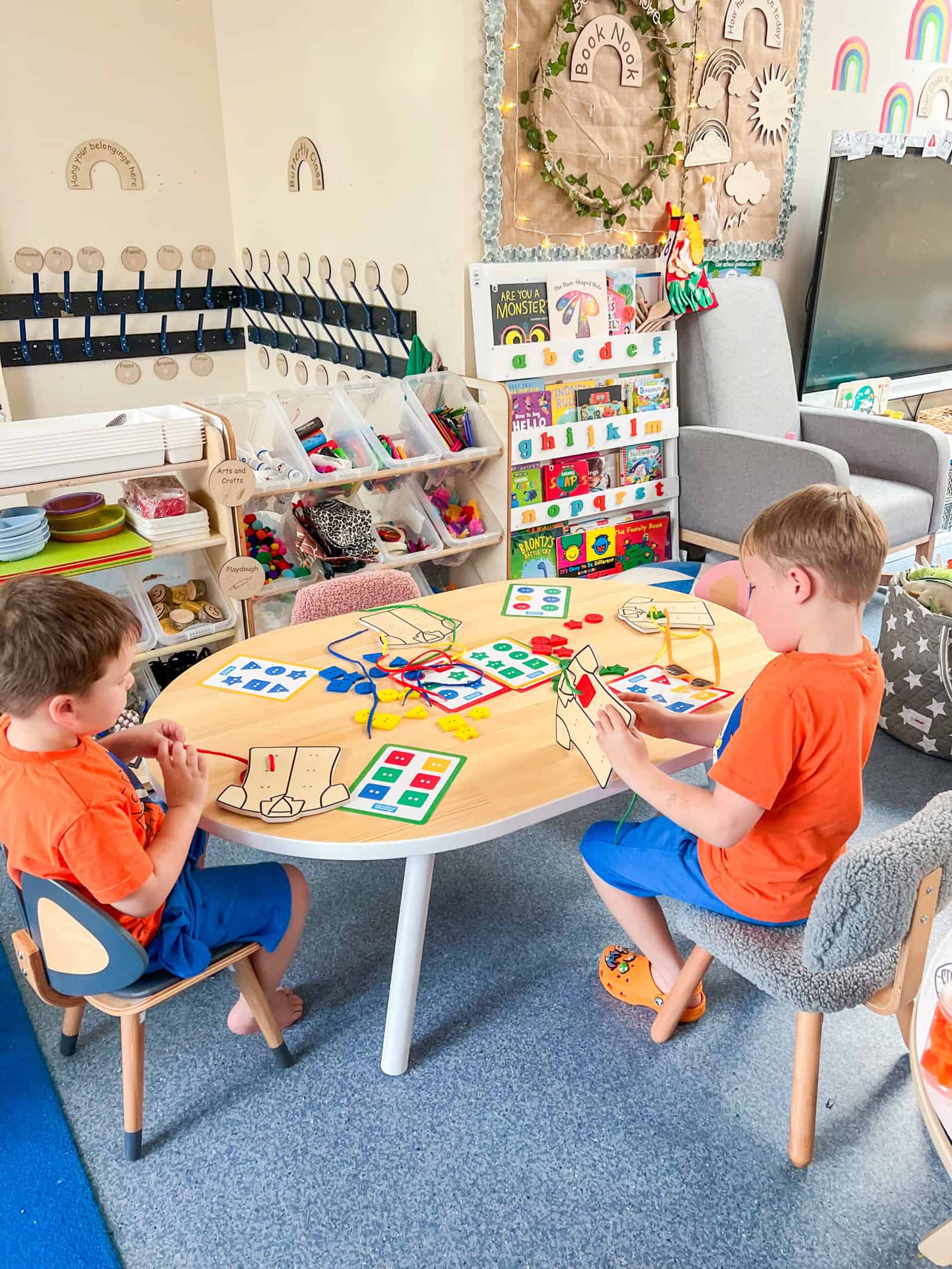
Create magic with a classroom book corner. Photo @create_make_and_play
- Theme-based Reading corners:
Particularly in Year 1 book corner ideas, consider incorporating theme-based reading nooks. For example, create a “magical forest” corner with hanging vines and fairy lights or a “space adventure” corner with planet decorations. A decorated reading corner for EYFS could be the spark to get a reluctant reader engaged!
- Interactive Elements:
Consider installing a mini whiteboard where children can write up their favourite quotes or book recommendations. Some teachers feel that not having any digital devices such as tablets, in a classroom book corner removes the temptation of screens, and this is backed up by a recent study of 10,000 teenagers, which found that teenagers who read for pleasure in their early years had better mental health, spent less time on screens and had better academic success.
- Coordinated Curriculum Integration:
Integrate the reading corner into the curriculum by aligning it with the topics being covered in class. Display books and reading materials that support the current lessons or themes, allowing students to delve deeper into subjects and fostering a stronger connection between classroom learning and independent reading.
Conclusion:
Reading corners in primary classrooms, even small ones, are powerful tools for nurturing a love of reading from EYFS children and into KS1 and KS2. Your reading corner ideas will create a little haven where children can explore new worlds, broaden their horizons, and develop their literacy skills.
If you are setting up your classroom reading corner, Tidy Books’ front facing, book display shelves are ideal for primary classrooms. Get in touch for bulk ordering discounts, or use code READINGCORNER10 for 10% off any Tidy Books Alphabet bookcase
